Oscar Niemeyer & The Birth Of Brasília
By Something CuratedHistorically, Brazil’s original capital city was Salvador but in 1763 Rio de Janeiro took its place, remaining the nation’s appointed political centre until 1960. During this period, resources tended to be centred in Brazil’s southeastern region, and most of the country’s population was concentrated near its Atlantic coast. Brazil’s first republican constitution, dated 1891, states that the capital should be moved from Rio de Janeiro to a place close to the country’s centre – a plan conceived in 1827 by José Bonifácio, an advisor to Emperor Pedro I. Bonifácio presented his ideas to the General Assembly of Brazil for a new city called Brasília, with the goal of moving the capital westward but the bill was not enacted.
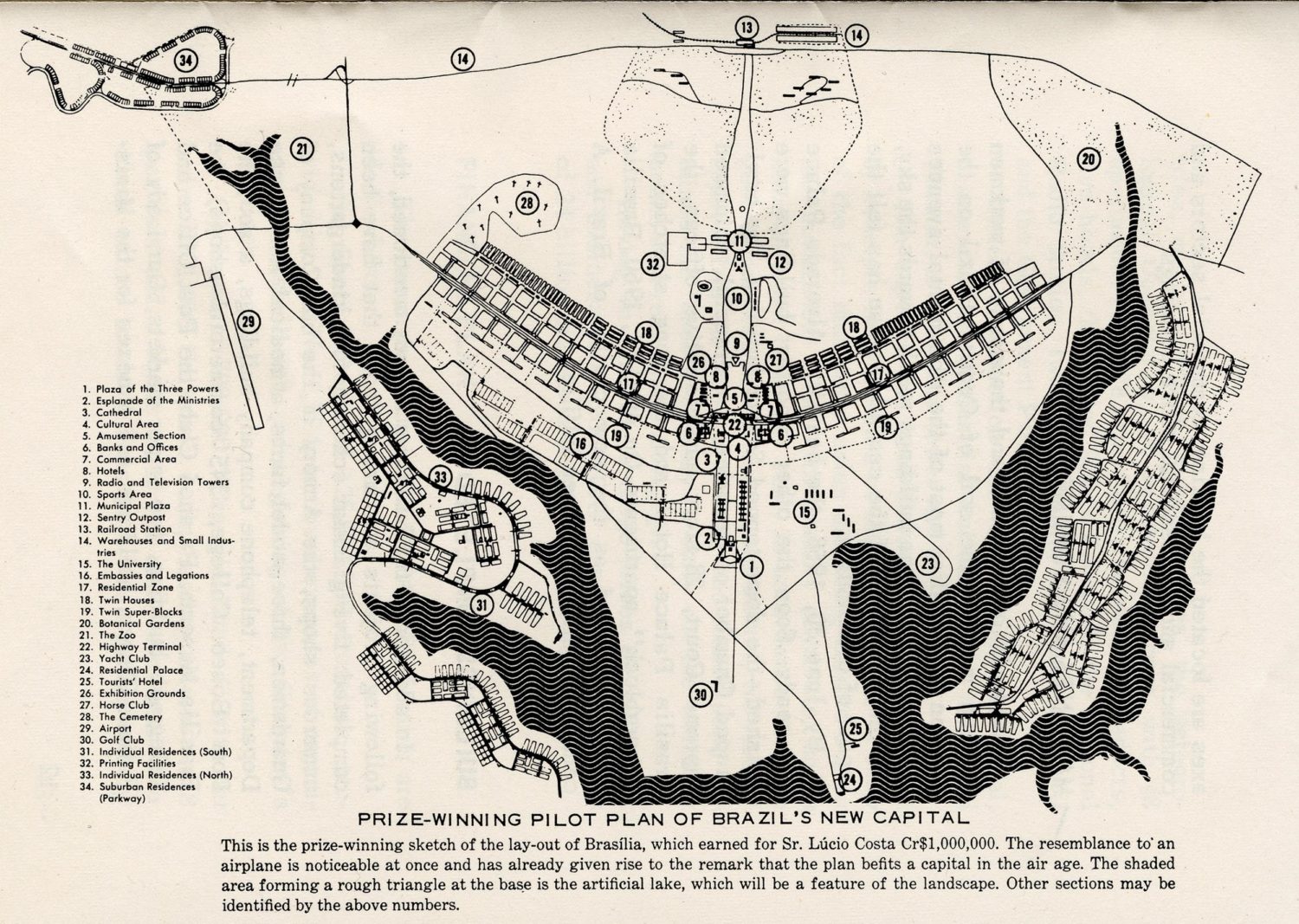
It was over a century later that Juscelino Kubitschek was elected President of Brazil in 1955. Upon taking office in January 1956, in fulfilment of his campaign pledge, he initiated the planning and construction of a new capital. Kubitschek visited the already eminent architect Oscar Niemeyer in September 1956, soon after he assumed the Brazilian presidency. While driving back to the city, the politician spoke to the architect about his most ambitious scheme: “I am going to build a new capital for this country and I want you to help me… Oscar, this time we are going to build the capital of Brazil,” he is supposed to have said. Niemeyer organised a competition for the layout of Brasília, and the winner was the project of his old master and great friend, Lúcio Costa.
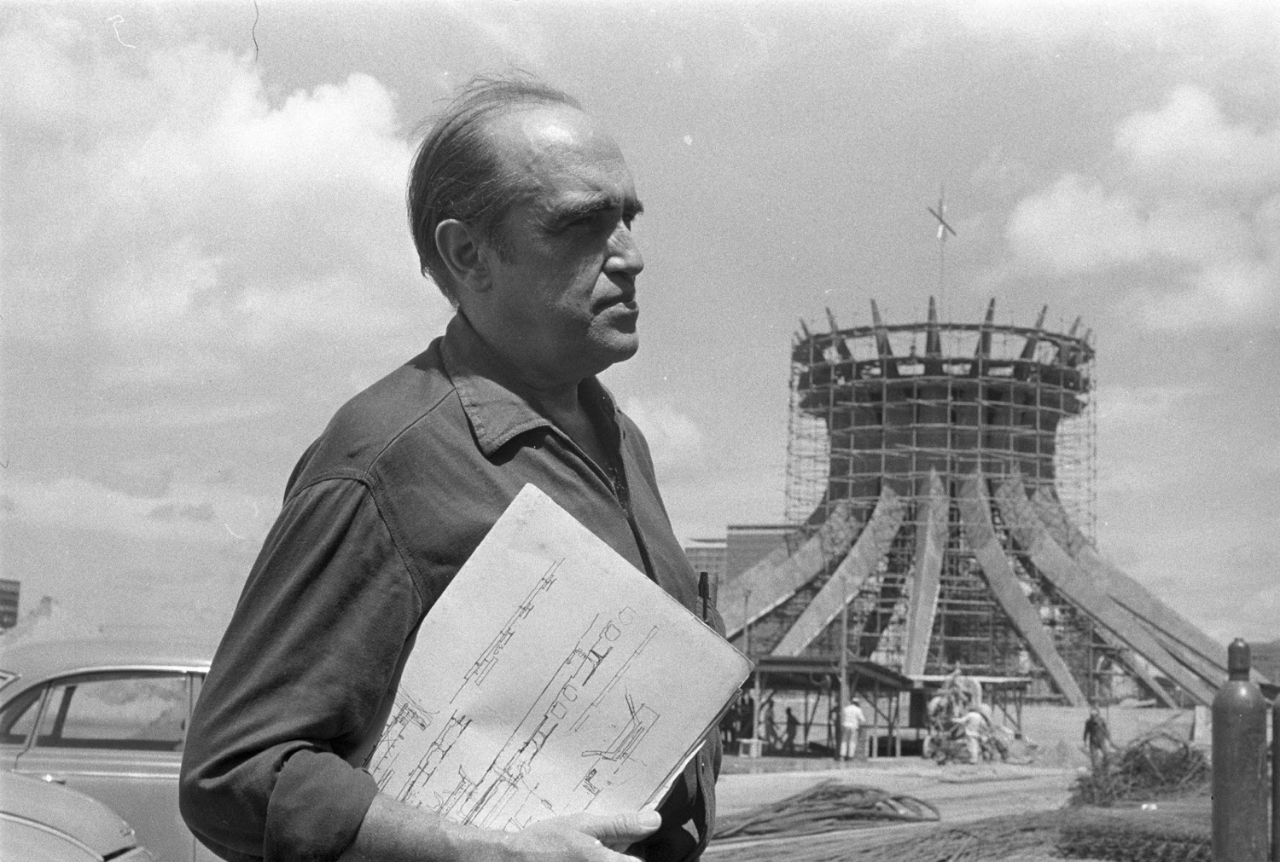
Along with Costa as planner and Niemeyeras as chief architect, Joaquim Cardozo was brought in as the structural engineer, and Roberto Burle Marx was the landscape designer. Brasília was built in 41 months, from 1956 to 21 April 1960, when it was officially inaugurated. Interestingly, Costa’s plan was not as detailed as some of the plans presented by other architects and city planners who pitched for the prestigious job, however, it was chosen by five out of six jurors because it had the features required to allow for the growth of a capital city. Though the initial plan was transformed over time, its orientation and much of the original construction has survived. Costa used a cross-axial design indicating the possession and conquest of this new place with a cross, often likened to a dragonfly, an airplane or a bird.
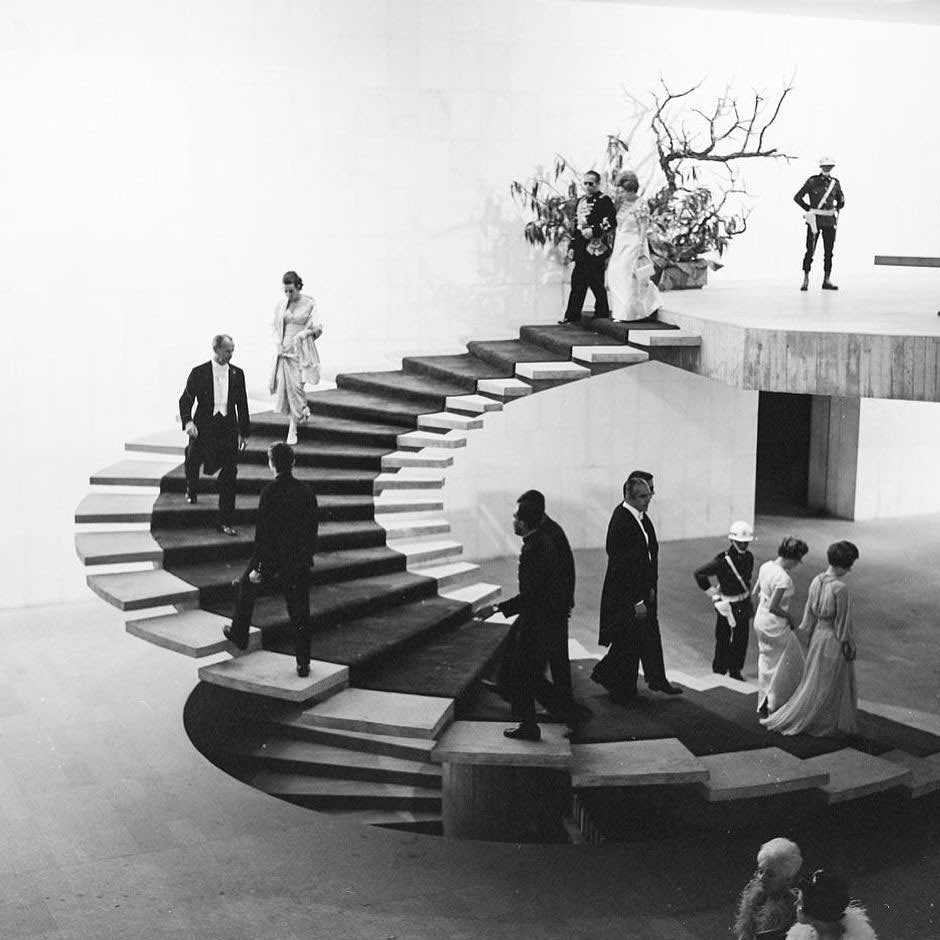
Through his fascinating structures, Niemeyer, a figure inextricably connected to Brasília, explored the aesthetic possibilities of reinforced concrete, becoming highly influential in the late 20th and early 21st centuries. The instrumental architect was educated at the Escola Nacional de Belas Artes at the Federal University of Rio de Janeiro, and after graduating, worked at his father’s typography house and as a draftsman for local architectural firms. In the 1930s, he interned with Lúcio Costa, with the pair collaborating on the design for the Palácio Gustavo Capanema in Rio de Janeiro. Niemeyer’s first major project was a series of buildings for Pampulha, a planned suburb north of Belo Horizonte.
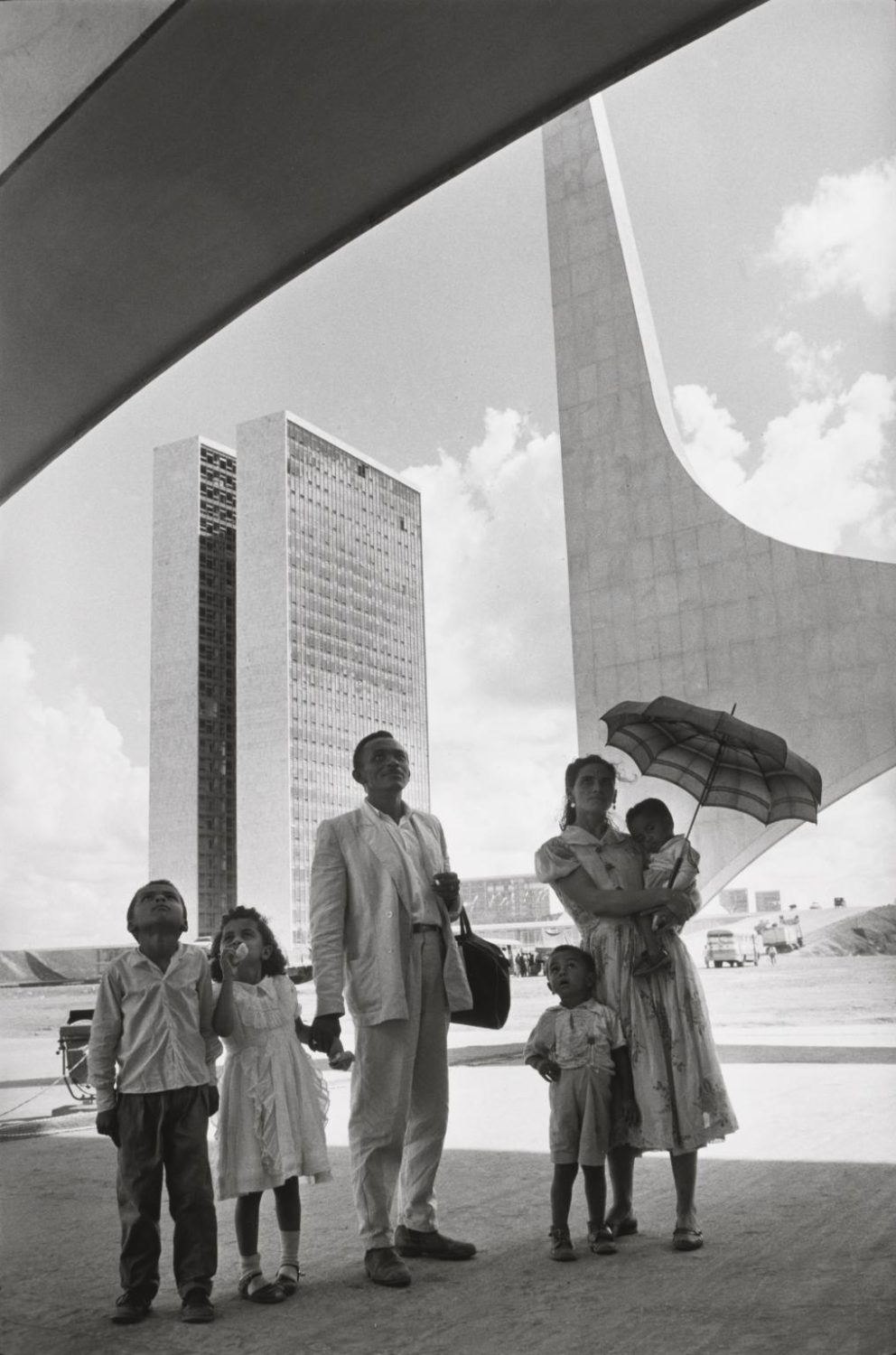
His work, especially on the Church of Saint Francis of Assisi, received critical acclaim and drew international attention. Throughout the 1940s and 1950s, Niemeyer became one of Brazil’s most prolific architects, working both domestically and overseas. This included the design of the Edifício Copan, a large residential building in São Paulo, and a collaboration with Le Corbusier and others on the United Nations Headquarters, which earned him invitations to teach at Yale University and the Harvard Graduate School of Design. In 1956, when Niemeyer was invited by Brazil’s president to design the civic buildings for the nation’s new capital, he felt like a natural choice.
His designs for the National Congress of Brazil, the Cathedral of Brasília, the Palácio da Alvorada, the Palácio do Planalto, and the Supreme Federal Court, all designed by 1960, were experimental and linked by common schematic elements. Behind the construction of Brasília lay a campaign to build an entire city in the barren centre of the country, hundreds of kilometres from any major metropolis. Niemeyer’s aims included stimulating industry, integrating the country’s distant areas, populating inhospitable provinces and bringing progress to a region where only cattle ranching then existed. Niemeyer and Costa used Brasília to test new concepts of city planning, including the conception of buildings that floated off the ground, supported by columns with the space underneath preserved for nature.
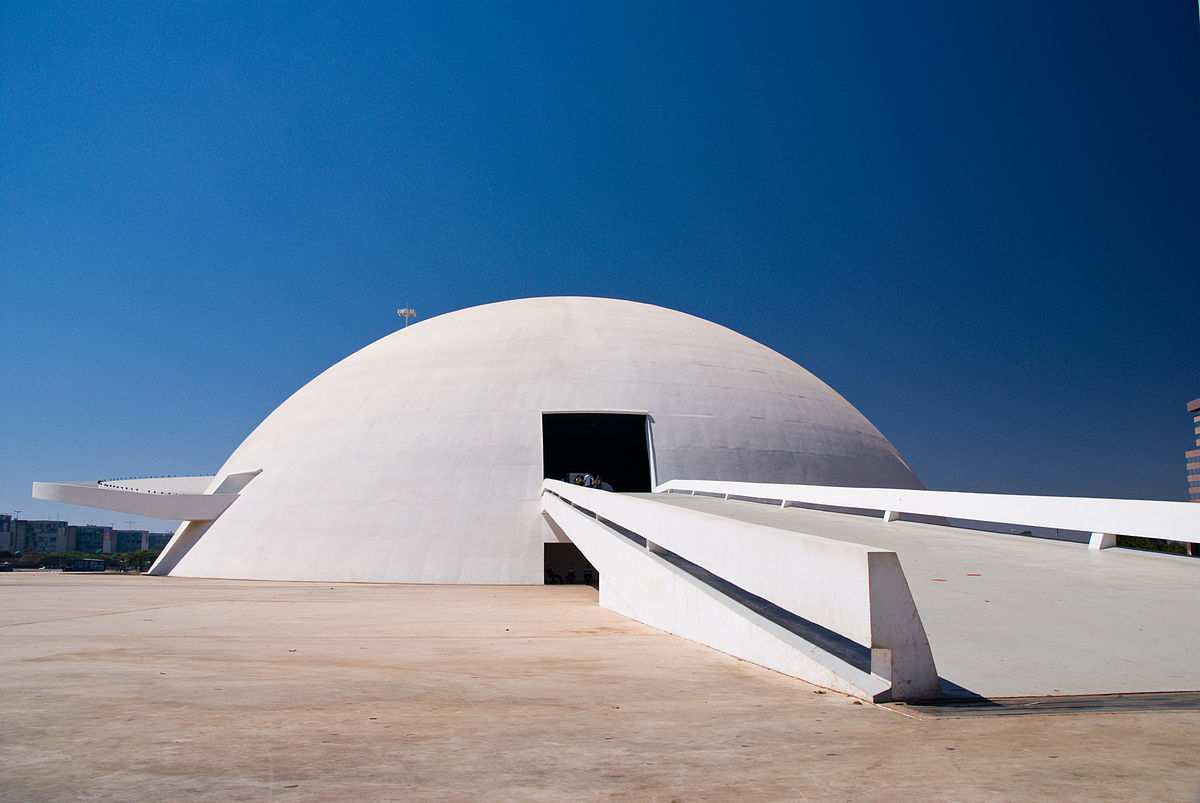
Niemeyer’s work on the city led to his appointment as inaugural head of architecture at the University of Brasília. Due to his largely left-wing ideology, and involvement with the Brazilian Communist Party (PCB), Niemeyer left the country after the 1964 military coup and opened an office in Paris. He returned to Brazil in 1985, and was awarded the Pritzker Architecture Prize in 1988. A socialist and atheist from an early age, Niemeyer had spent time in both Cuba and the Soviet Union during his exile, and on his return served as the PCB’s president from 1992 to 1996. He continued working at the end of the 20th and early 21st century, notably designing the Niterói Contemporary Art Museum and the Oscar Niemeyer Museum. Over a career of 78 years he designed approximately 600 projects. Niemeyer passed away in Rio de Janeiro in 2012, at the impressive age of 104.
Feature image: Vincent Fournier, The National Museum, Brasília, Brazil, 2019. Designed by Oscar Niemeyer and inaugurated in 2006. © Vincent Fournier / The Ravestijn Gallery